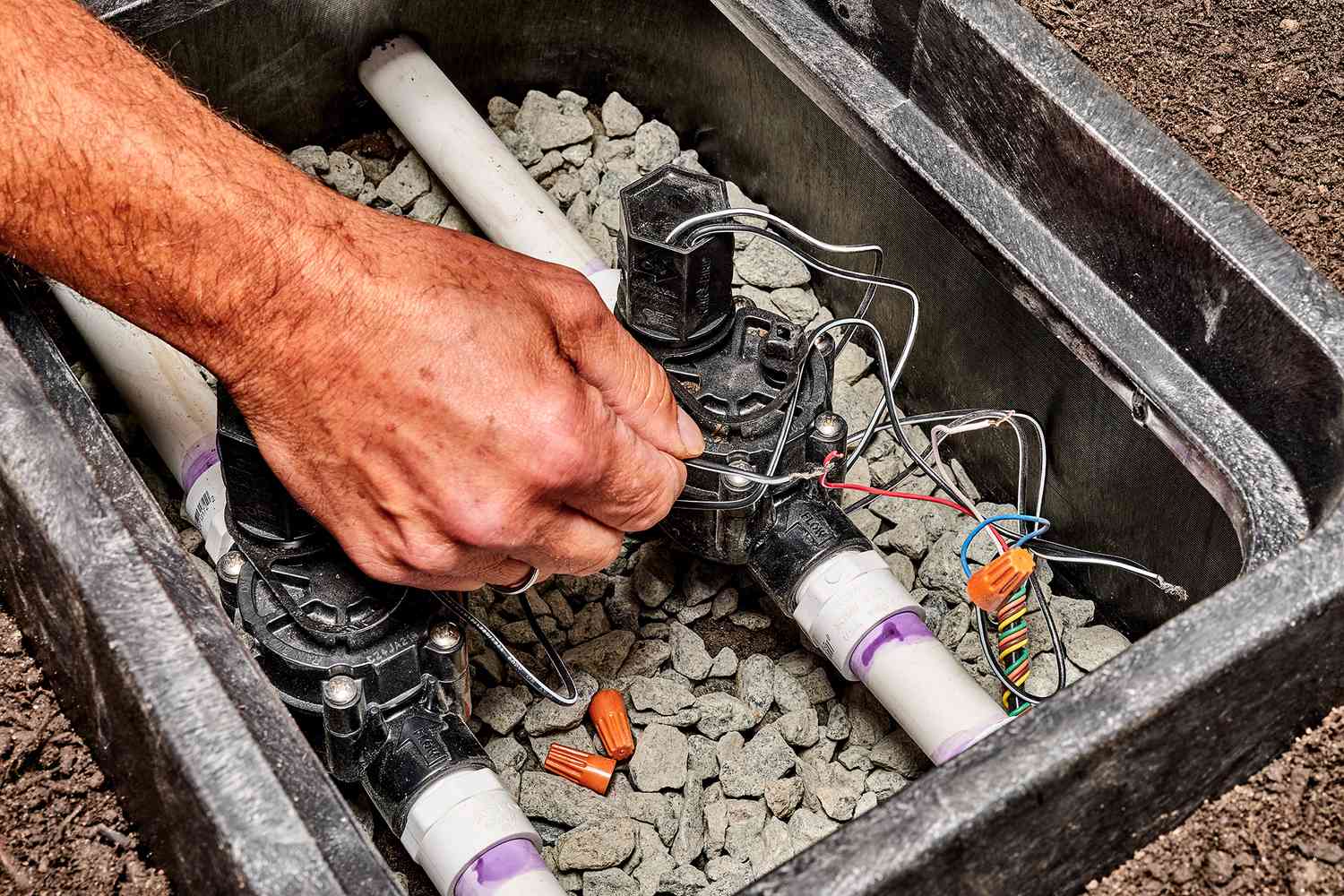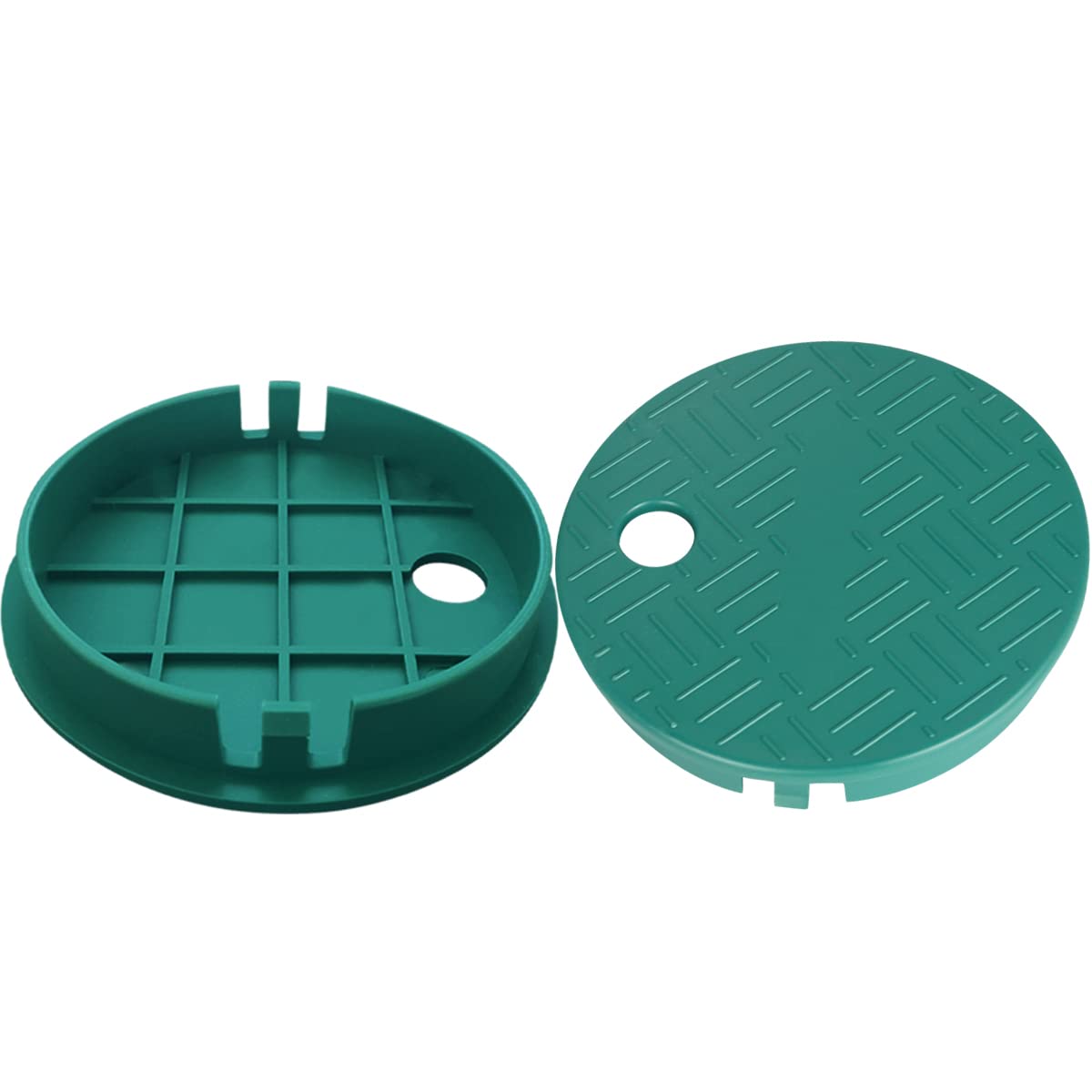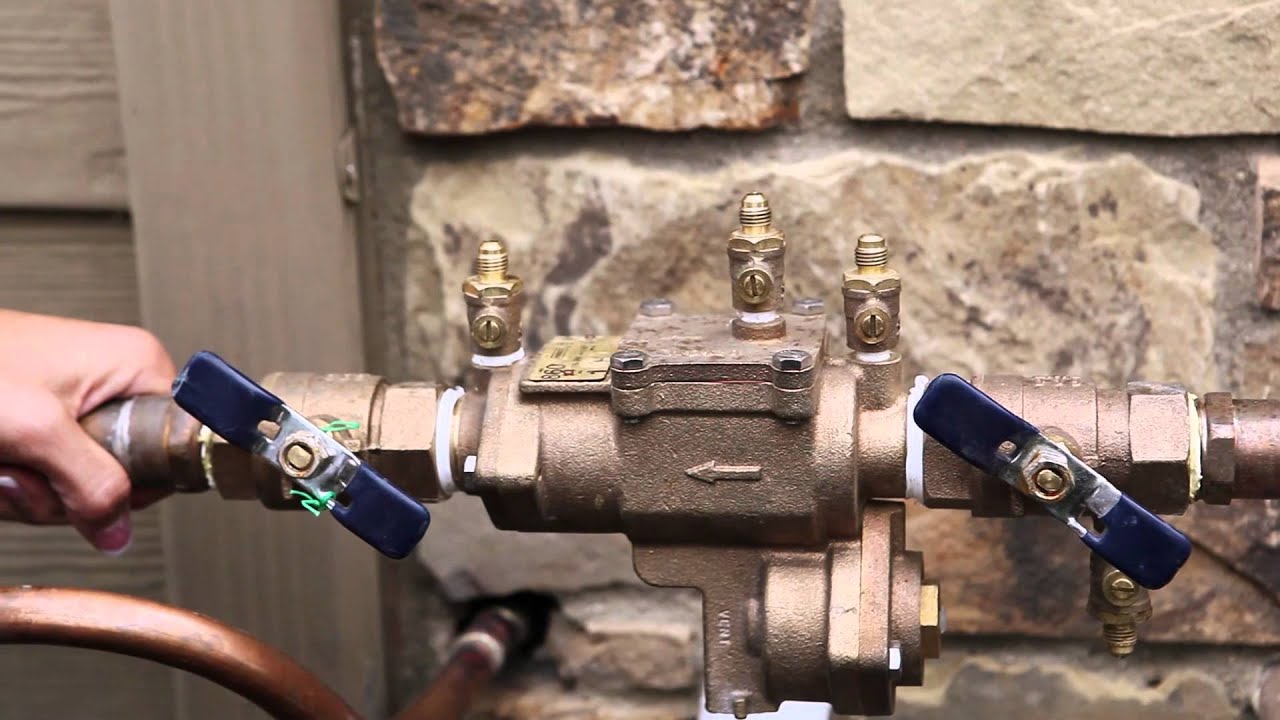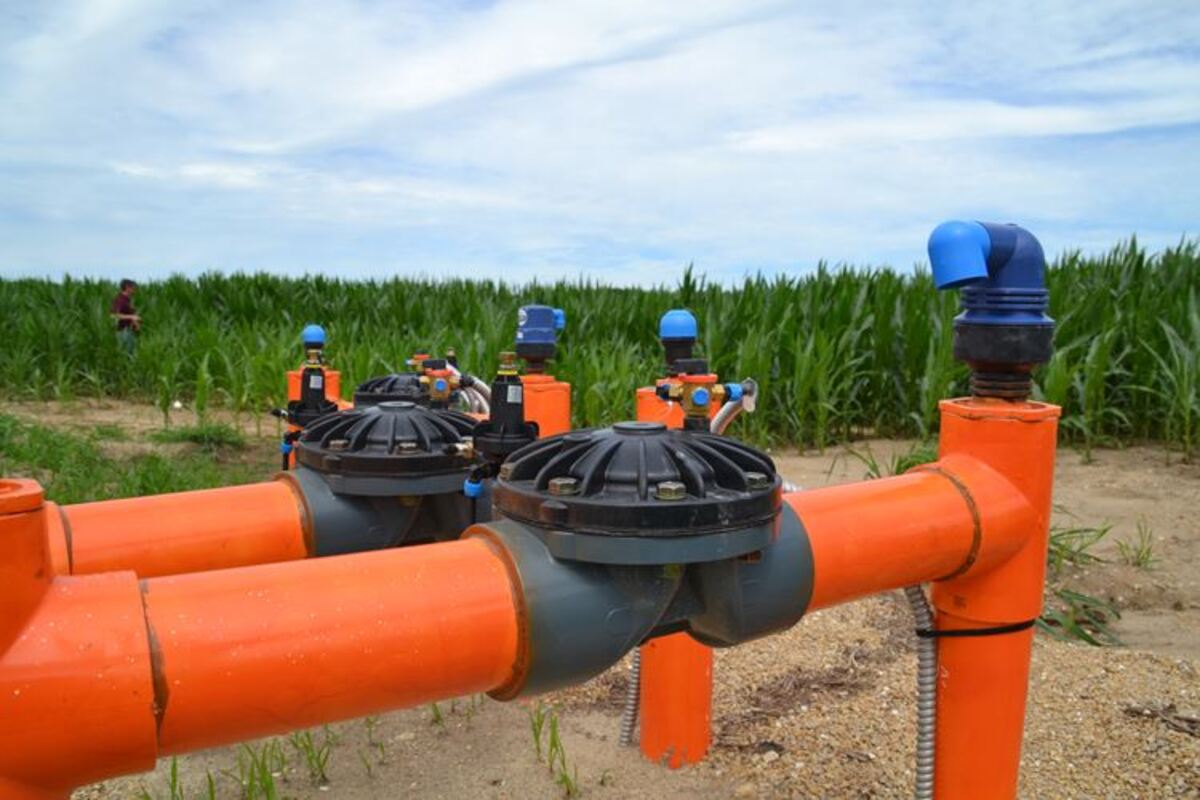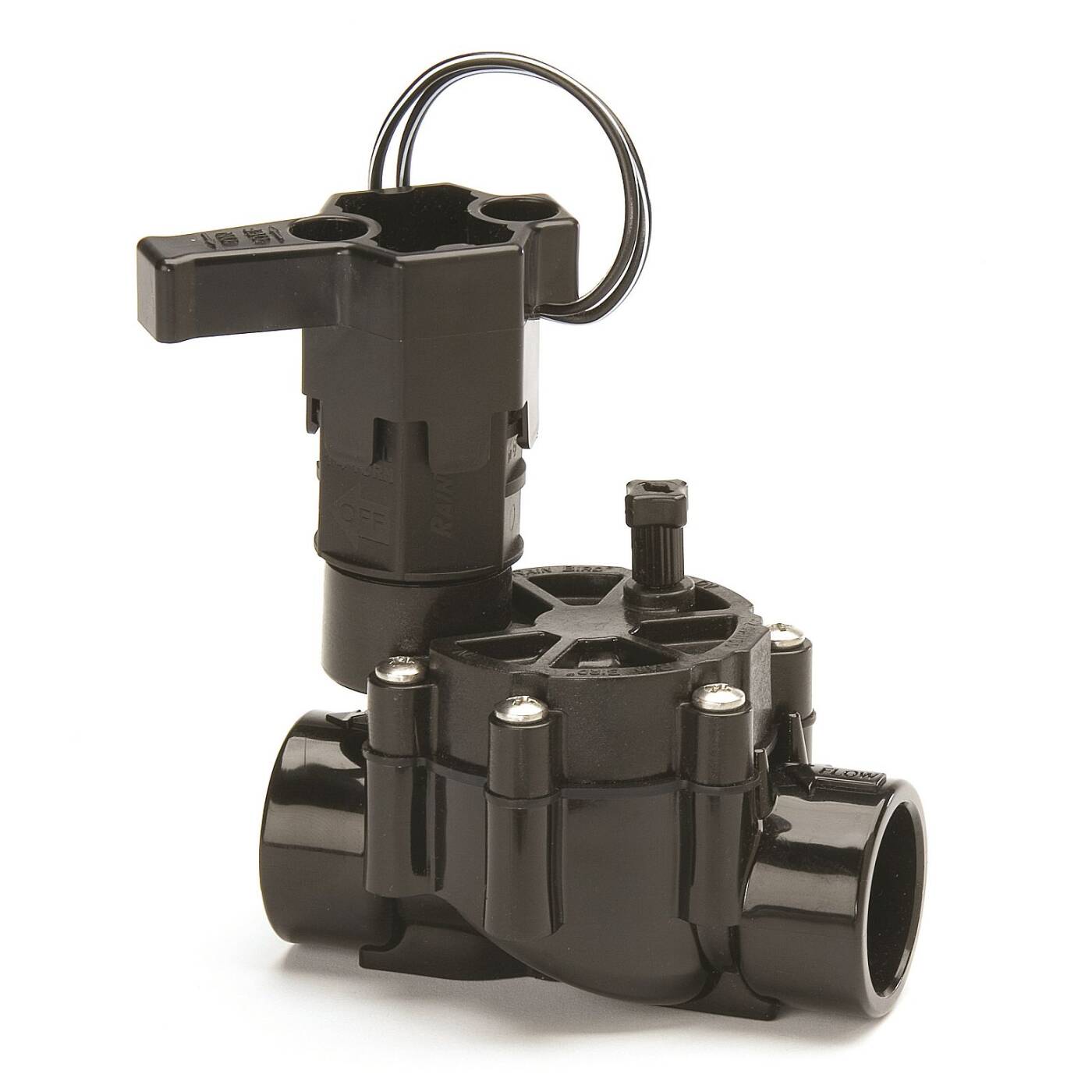Home>Gardening Basics>Tools and Equipment>Where Is Irrigation Shut Off Valve
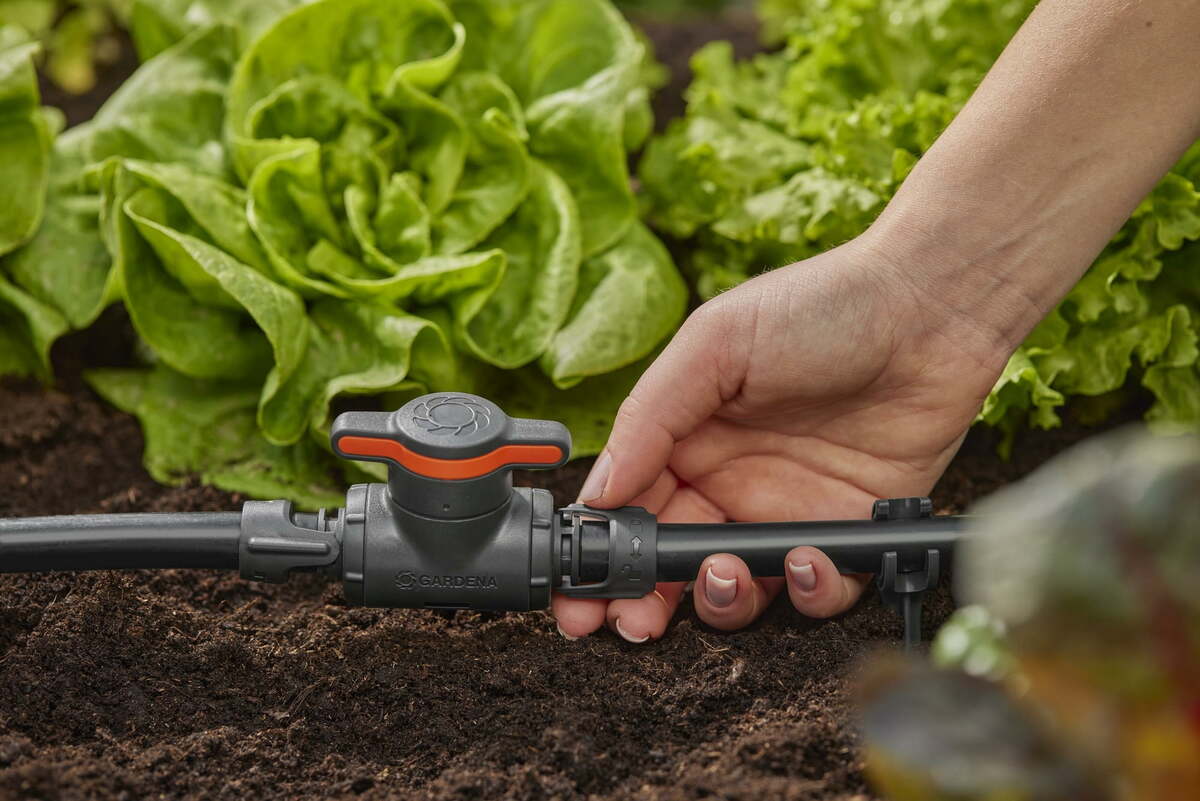

Tools and Equipment
Where Is Irrigation Shut Off Valve
Modified: January 22, 2024
Looking for Tools and Equipment to Locate the Irrigation Shut Off Valve? Discover the Best Options to Find and Operate It Easily.
(Many of the links in this article redirect to a specific reviewed product. Your purchase of these products through affiliate links helps to generate commission for Chicagolandgardening.com, at no extra cost. Learn more)
Table of Contents
Introduction
Welcome to the world of irrigation! Whether you are a homeowner tending to your garden or a professional landscaper maintaining large green spaces, having a good understanding of your irrigation system is essential. One vital component of any irrigation system is the shut-off valve. But where exactly is it located?
In this article, we will explore the importance of knowing the location of the irrigation shut-off valve. We will discuss possible locations, common signs to look for, as well as tools and methods that can help you find it. We will also highlight safety precautions you should keep in mind during this process.
Understanding the location of your irrigation shut-off valve is crucial for various reasons. In the case of an emergency, such as a burst pipe or a malfunctioning sprinkler head, being able to quickly locate the shut-off valve can help prevent further damage to your property. Additionally, if you are planning any maintenance or repairs on your irrigation system, knowing the exact location of the shut-off valve will make the process much more efficient.
So, let’s dive in and explore the world of irrigation shut-off valves, and discover where they are typically located and how to find them!
What is an Irrigation Shut Off Valve?
An irrigation shut-off valve is a crucial component of any irrigation system. It is essentially a valve that controls the flow of water to the entire irrigation system or specific sections of it. Its primary purpose is to allow you to turn off the water supply to your irrigation system when needed. By shutting off the valve, you can stop the flow of water to prevent damage in cases of emergencies, maintenance, or repairs.
There are different types of irrigation shut-off valves available, including ball valves, gate valves, and globe valves. These valves can be manual or automatic, depending on the system and your preference. Manual shut-off valves require you to physically turn a handle or lever to control the flow of water, while automatic shut-off valves can be controlled remotely through an automated irrigation system.
The shut-off valve is typically installed near the main water source for your irrigation system, such as the connection to the main water supply or the backflow preventer. It is often located underground in a valve box or inside a protective enclosure to ensure it is easily accessible while also being protected from the elements.
Understanding the different components and their functions within your irrigation system, including the shut-off valve, is essential for efficient system management. It allows you to control water flow, minimize potential damage, and ensure optimal performance.
In the next sections, we will discuss the importance of knowing the location of the irrigation shut-off valve, how to identify its possible locations, common signs to look for, and the tools and methods that can help you find it.
Importance of Knowing the Location
Understanding the location of your irrigation shut-off valve is of utmost importance for effective irrigation system management and maintenance. Here’s why:
Emergency Situations: In the event of a sudden pipe burst, malfunctioning sprinkler head, or any other irrigation system emergency, knowing the location of the shut-off valve will allow you to quickly and effectively stop the water flow. This can help prevent further damage to your property, minimize water wastage, and save you from potentially costly repairs.
Maintenance and Repairs: Regular maintenance and repairs are necessary to ensure the longevity and optimal functioning of your irrigation system. Knowing the precise location of the shut-off valve will make it easier to isolate sections of the system for maintenance or repairs. Instead of having to turn off the water supply to the entire property, you can simply shut off the valve for the specific area you’re working on. This saves time, reduces inconvenience, and enhances efficiency.
Efficient Water Management: Having control over the water supply to your irrigation system allows you to manage water usage effectively. By being able to shut off the valve when the system is not in use or during periods of heavy rainfall, you can minimize water wastage and conserve this valuable resource. This is not only beneficial for the environment but also helps lower water bills.
System Inspections: Regular inspections of your irrigation system are crucial to identify any issues or potential problems. Knowing the location of the shut-off valve enables you to perform thorough inspections and tests without the need to involve professional help every time. This empowers you to maintain and troubleshoot your irrigation system efficiently, ensuring its proper functioning and longevity.
Peace of Mind: Lastly, knowing the location of the irrigation shut-off valve provides peace of mind. You can rest assured knowing that you have control over the water supply to your irrigation system, and in the event of any emergency or maintenance requirement, you can quickly and confidently take the necessary actions to protect your property and your investment.
With these key reasons in mind, it becomes evident that knowing the location of your irrigation shut-off valve is vital for efficient irrigation system management, emergency response, and overall water conservation. In the following sections, we will explore the possible locations of the valve, common signs to look for when trying to locate it, and the tools and methods that can be utilized for this purpose.
Possible Locations of the Valve
The irrigation shut-off valve can be located in various areas of your property, depending on the design and layout of your irrigation system. Here are some common locations where you might find the valve:
- Near the Water Source: In many cases, the shut-off valve is installed close to the main water source for your irrigation system. This could be near the connection to the main water supply or near the backflow preventer. Check near these areas for the valve.
- Valve Box: The shut-off valve is often housed in a valve box, which provides protection and easy access. Valve boxes are typically installed at ground level or slightly below the surface, with a lid that can be lifted for access. Look for a rectangular or circular box near the main water source or along the irrigation lines.
- Pump House: If you have a pump system for your irrigation, the shut-off valve may be located within the pump house or control panel area. This is common in larger properties or commercial settings.
- Irrigation Controller: In some cases, the shut-off valve may be located near the irrigation controller. This is particularly true for automatic systems where the controller is responsible for turning the valve on and off based on pre-set schedules or sensor inputs.
- Buried and Marked: If your shut-off valve is located underground, it may be buried beneath the surface and marked with a metal or plastic sign. These signs are typically located a few feet away from the valve to serve as a reference point for finding it.
- Inside a Protective Enclosure: In certain situations, the shut-off valve may be located inside a protective enclosure, such as a small building or a locked cabinet. These enclosures provide extra security and protection for the valve, especially in areas with harsh weather conditions or vandalism risks.
Keep in mind that the location of the shut-off valve can vary depending on the specific design and installation of your irrigation system. If you’re unsure of its exact location, it is recommended to consult the system’s plans or seek guidance from a professional irrigation technician.
In the next section, we will discuss common signs that can help you locate the irrigation shut-off valve.
Common Signs to Locate the Valve
Locating the irrigation shut-off valve can sometimes feel like searching for a needle in a haystack. However, there are several common signs and indicators that can help you narrow down its location. Here are some signs to look out for when trying to locate the valve:
- Visual Clues: Look for any visible pipes or plumbing fixtures that are connected to the irrigation system. These pipes may lead directly to the shut-off valve or provide a general indication of its proximity.
- Water Meter: Check your water meter, which is usually located near the main water supply connection. The shut-off valve is often found somewhere along the path between the water meter and the irrigation system. Follow any exposed pipes from the water meter to potentially find the valve.
- Valve Box Markers: Sometimes, valve boxes are marked with identifying labels or numbers. These markers can provide a clue about the presence of a shut-off valve nearby. Look for any signs or labels that indicate irrigation valves.
- Landscaping Features: Irrigation shut-off valves are often located near key landscaping features, such as planting beds, lawns, or trees. Take note of any specific areas in your landscape that require regular watering, as the valve may be situated nearby.
- Utility Access Points: The shut-off valve may be located near other utility access points, such as gas or electric meters. Utilities are often connected to water lines, so exploring these areas might lead you to the valve.
- Property Infrastructure: Consider the layout of your property’s infrastructure, such as driveway edges, property lines, or sidewalks. The shut-off valve is often positioned near these elements for easy access and maintenance.
- Previous Landscaping Work: If your property has undergone landscaping work in the past, contact the previous landscaper or homeowner for information on the valve location. They may have knowledge of its whereabouts or any helpful markings left behind.
Remember that these signs provide general guidance, and there is no one-size-fits-all solution. Irrigation system designs can vary, and the shut-off valve’s location is influenced by numerous factors. If you’re unable to locate the valve based on these signs or if you need more accurate information, it is advisable to consult the original irrigation system plans or enlist the help of a professional.
Next, we will explore the tools and methods that can assist you in finding the irrigation shut-off valve.
Tools and Methods to Find the Valve
When it comes to locating the irrigation shut-off valve, there are several useful tools and methods that can make the process easier and more efficient. Here are some tools and methods you can employ:
- Valve Locator Device: A valve locator device is a helpful tool designed specifically to locate buried valves. It uses electromagnetic signals to detect the presence of the shut-off valve underground. By sweeping the device over the ground, you can identify the valve’s approximate location.
- Metal Detector: If the shut-off valve is marked with a metal sign or cover, a metal detector can be used to locate it. This tool helps detect the presence of metal objects underground and can be invaluable in finding the valve or any associated markings.
- System Plans and Documentation: If you have access to the original system plans and documentation, they can provide valuable information about the location of the shut-off valve. These documents typically include detailed illustrations and descriptions of the irrigation system layout.
- Follow the Pipes: Trace the visible pipes or plumbing fixtures that are connected to the irrigation system. By following the pipes from the water source outward, you can often locate the shut-off valve along the path.
- Consult a Professional: If all else fails or if you’re unsure about locating the valve, it’s best to consult a professional irrigation technician. They have the expertise and specialized equipment to quickly and accurately locate the shut-off valve, ensuring minimal disruption to your irrigation system.
When using tools or methods to find the irrigation shut-off valve, it’s essential to exercise caution and follow safety guidelines. Be mindful of any electrical lines or utility pipes that may be present in the area you’re searching. If you’re unsure about any potential hazards, it’s best to consult a professional or contact your utility providers for guidance.
Remember, the key to successfully locating the shut-off valve is a combination of careful inspection, using the right tools, and understanding the layout of your irrigation system. By employing these tools and methods, you can confidently locate the shut-off valve and have better control over your irrigation system’s water supply.
Now that we’ve covered the tools and methods to find the irrigation shut-off valve, let’s proceed to the final section of this article, where we will discuss some crucial safety precautions to keep in mind during this process.
Safety Precautions when Identifying the Valve
While locating the irrigation shut-off valve is an important task, it is equally crucial to prioritize safety during the process. Here are some essential safety precautions to keep in mind:
- Be Aware of Underground Utilities: Before digging or using any tools to locate the shut-off valve, it is essential to determine the location of underground utilities such as gas lines, electrical cables, or phone lines. Contact your local utility companies to mark the location of these utilities before proceeding.
- Use Protective Gear: When working around the irrigation system, it is important to protect yourself by wearing appropriate personal protective equipment (PPE). This may include gloves, safety goggles, and sturdy footwear to prevent injuries while handling tools or in case of any accidents.
- Switch Off Power Tools: If you need to use power tools, such as a metal detector or valve locator device, ensure that they are switched off before connecting or disconnecting any cables or attachments. Follow the manufacturer’s instructions and guidelines for safe and proper use of the equipment.
- Follow Electrical Safety: If you’re working near electrical lines or utility boxes, exercise extreme caution. Avoid contact with live electrical wires and ensure that all electrical tools and equipment are grounded properly. If you’re unsure about electrical safety, consult a professional electrician.
- Inspect the Surrounding Area: Before digging or using any tools, carefully inspect the surrounding area for potential hazards such as sharp objects, hidden obstacles, or unstable surfaces. Clear the area of any debris or clutter that may pose a trip or fall hazard.
- Work with a Partner: It is always recommended to have someone else present when performing any irrigation system work, including locating the shut-off valve. A partner can provide assistance, help with tools, or respond in case of emergencies.
- Read and Follow Instructions: Whether using tools or following specific methods to locate the valve, thoroughly read and understand the instructions provided by the manufacturers or professionals. Adhere to the guidelines and work within your skill level to ensure safety and accuracy.
Remember, the safety of yourself and others should always be the top priority. If you encounter any unexpected or challenging situations during the process, it is best to seek professional assistance. Irrigation systems can be complex, and professionals possess the expertise and equipment needed to navigate potential hazards safely and effectively.
By following these safety precautions, you can confidently locate the irrigation shut-off valve while minimizing risks and ensuring a safe working environment. With the valve efficiently located, you can have better control over your irrigation system and effectively manage its maintenance and emergencies.
Now that we’ve covered the importance of knowing the location of the irrigation shut-off valve, its possible locations, common signs to look for, tools and methods to find it, as well as safety precautions to consider, you are well-equipped to handle your irrigation system with confidence and efficiency.
Conclusion
Knowing the location of the irrigation shut-off valve is crucial for effective irrigation system management, emergency response, and water conservation. By having this valuable knowledge, you can quickly and efficiently control the water supply to your irrigation system, prevent further damage during emergencies, and conduct maintenance or repairs with ease.
In this article, we discussed what an irrigation shut-off valve is and its importance in an irrigation system. We explored the possible locations where the valve can be found, including near the water source, in valve boxes, in pump houses, near the irrigation controller, buried and marked, or inside protective enclosures.
We also highlighted common signs to assist in locating the valve, such as visual clues, water meters, valve box markers, landscaping features, utility access points, and previous landscaping work. Additionally, we touched upon the tools and methods that can aid in finding the valve, including valve locator devices, metal detectors, system plans, and professional consultation.
In all your efforts to locate the irrigation shut-off valve, safety should remain a top priority. We provided important safety precautions such as being aware of underground utilities, using protective gear, following electrical safety guidelines, inspecting the surrounding area, working with a partner, and reading and following instructions.
By following the information and guidelines presented in this article, you can confidently locate and control your irrigation shut-off valve. This knowledge will enable you to respond to emergencies, conduct maintenance and repairs efficiently, and manage water usage effectively, ultimately contributing to the overall performance and longevity of your irrigation system.
Remember, if you encounter any challenges or are unsure about locating the valve, it is advisable to consult with a professional irrigation technician who can provide expert guidance and assistance.
Now armed with this knowledge, go forth and confidently maintain your irrigation system, always knowing the location of your irrigation shut-off valve!


